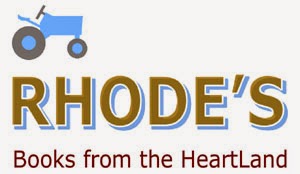While writing
my wildflower blogs, I am reminded of Henry David Thoreau (1817–1862) and his
journal entries about Walden Pond. In Thoreau’s words, I, too, “wished to live deliberately, to front only the essential facts of
life, and see if I could not learn what it had to teach, and not, when I came
to die, discover that I had not lived.” By seeking the wildflowers in my
backyard and by identifying them, I was learning to live more consciously, if
not deliberately.
 |
Sweet
Violet, Painting by L. A. Simonsen, in Wild
Flowers
Adapted
by Asa Don Dickinson from Nature’s Garden
By
Neltje Blanchan (Doubleday, 1917, 1926)
|
Beneath a walnut tree near my raspberry vines, a Golden Ragwort opened its yellow petals. It was May, and the natural environment around my home was full of life. After the doldrums of winter, everything seemed eager to participate in the activity of spring. The ragwort appeared to be rushing into bloom.
I
found that Yellow Wood Sorrel was practically ubiquitous. With leaves almost
like those of clover, the sorrel would be my constant companion, continuing to
bloom well into the late summer.
Beneath
various trees were the vines of the wild strawberry, probably the Barren
Strawberry, although I cannot be sure. I am certainly not a botanist, and exact
identification of plants often proves elusive for me.
Spectacular
beyond my poor ability to describe were the vast patches of Common Blue Violet
decorating my six acres. On tender stems were blossoms of such blueness that my
hills were largely blue. A kind of inversion occurred with the sky at my feet.
Almost
as ubiquitous as the wild strawberry was Daisy Fleabane. The small white
flowers were so numerous as to sparkle when breezes danced in the shade of my
walnut trees.
Here
and there in the lawn, White Clover began to bloom. Like the Yellow Wood
Sorrel, its blooming would persist throughout the summer. I wish I could say
that I fully appreciate White Clover, but I fear I am unable to do so; it
quickly thrusts new blossoms above my freshly mowed grass and makes my lawn
seem weedy. Even so, I do not spray it; rather, I leave it alone to flourish in
broad zones within my otherwise grassy lawn.
When
I look back on spring, I think mostly about the Red Deadnettle. In my area, the
blooming upright stems have a pink tone that verges toward purple when viewed
from a distance. Entire fields along the country roads wear such Easter colors
until they are planted with corn or soybeans.
Perhaps
I do share Thoreau’s capacity to deliberate after all.


